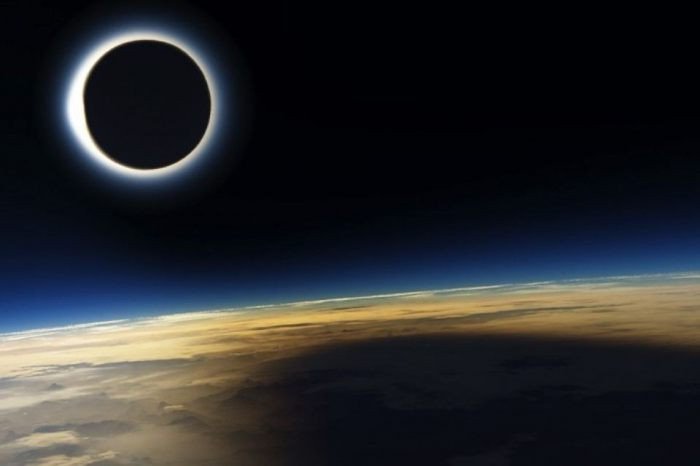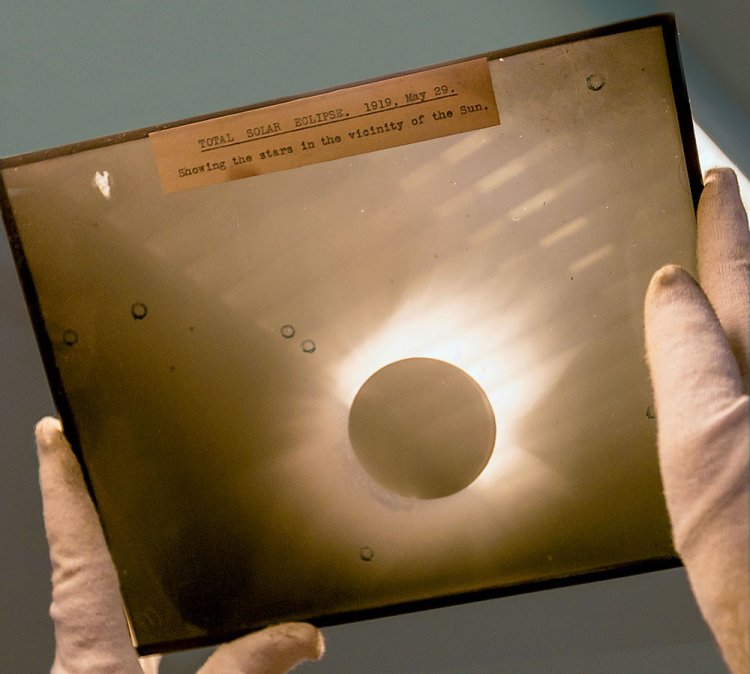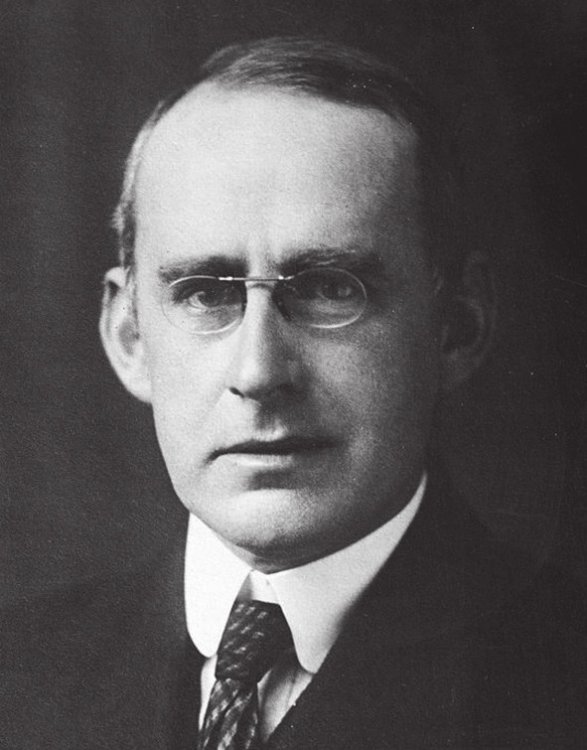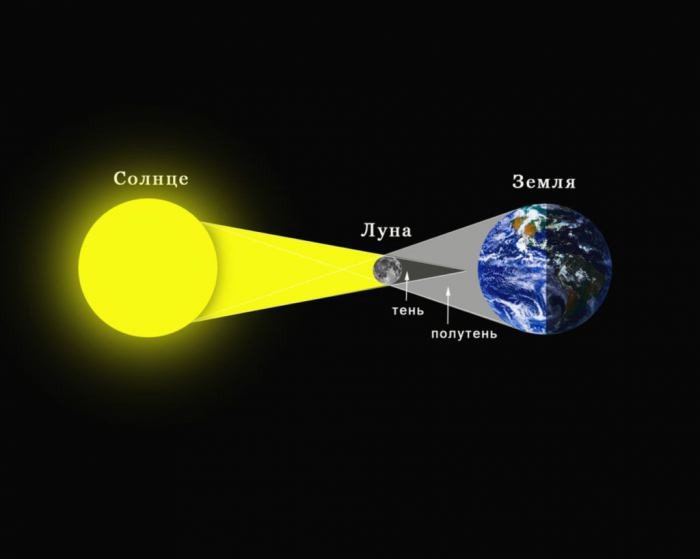In May 1919, English astrophysicist Arthur Eddington stayed on Principe Island (West Africa). The main idea of his experiment was as follows – when the long-expected solar eclipse began, and the Moon obstructed the Sun completely, the light of closely located stars would be visible. This phenomenon would make it possible to record the stars to compare their position on the sky with their photos before and after the eclipse. The deviation of sunrays would show how the position of stars, nearest to the Sun, had shifted relative to the ones located far from it.
Photographic plate of total solar eclipse of May 29, 1919.Arthur:
On May 29, 1919, one could observe the total solar eclipse on a small equatorial island. Arthur Eddington recorded this phenomenon on camera. Simple photographic equipment and hot African weather made the process of focusing on the observation object difficult. The scorching-hot weather would be replaced by the morning storm and heavy rain. However, nasty weather did not prevent Arthur Eddington from making 16 clear photos of the eclipse.
During this expedition, the astrophysicist and his team had a good deal of luck, as the clouds dispersed, and he could record the total solar eclipse on camera. At the very end of observation, the scientist noticed that only two images showed the sufficient number of stars to identify whether their light was deflected by the Sun or not. After that, Arthur Eddington wrote in his diary:
Astrophysicist Arthur Eddington (1882-1944)
“…It stopped raining about noon, and we saw the Sun at about 1:30. We prepared our cameras hoping for a chance. I did not see the eclipse itself, as I was busy changing the photographic plates. There was only one glance to make sure that the eclipse began, and half a glance to assess the number of clouds. We made 16 photos showing the Sun in detail, yet the clouds obstructed the stars. There were images of stars only in the last several photos, which gave us what we needed…”
Naturally, these risks worried Arthur Eddington, but the juice was worth the squeeze, as the astrophysicist believed that his observation would help prove or explode the most revolutionary scientific idea of that time: the relativity theory suggested by Albert Einstein.
Total solar eclipse
When the lunar disk obstructs the Sun, total solar eclipse takes place. The translucent sunrays become not so bright, and the astronomers can study the pale glow of stars on the background. Thanks to the photos taken during the eclipse, the scientists could find out whether the position of stars had changed, as the Sun deflects the nearby light in space. It is the very point of view that Arthur Eddington and his group wanted to prove, when they started their two expeditions to the Principe Island and Northern Brazil following the trajectory of the coming eclipse. If the position of visible stars was different from the one of night cluster of stars, it would mean that the Sun mass had become the reason behind the curvature of space.
Based on open sources
Source of image in the text: Total solar eclipse
Source of image on the homepage: Total solar eclipse

























